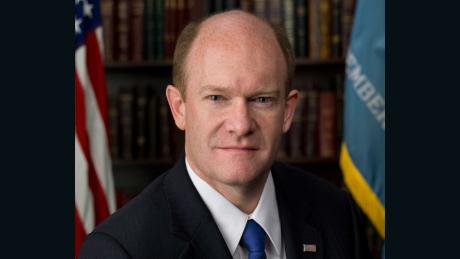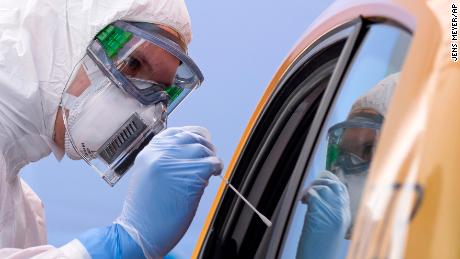To safely reopen our country and our economy, public health leaders estimate we will need as many as 300,000 new workers to test millions of Americans and rapidly trace the contacts of those who are or may be infected. The question is: Where will these people come from, and who will recruit them, train them, and supervise them? We believe the answer is to rapidly expand our existing national service programs like AmeriCorps and build on our country’s proud history of citizen-led response to times of national crisis.
We know we can do this because Americans have done it before. More than 80 years ago, our nation rose to the challenge of the Great Depression with the creation of citizen service programs like the Civilian Conservation Corps (CCC) and the Works Progress Administration (WPA). Millions participated, developing skills and earning a paycheck while building our nation’s infrastructure. Today’s national service programs, like AmeriCorps, Senior Corps, and the 21st Century Conservation Service Corps, carry on the legacy of the CCC and WPA.
To meet the historic challenges we face today, we should start by expanding the number of people that national service programs can deploy into American communities. Right now, roughly 75,000 Americans serve our country with AmeriCorps each year, with many more applying to serve. While the impact of the existing nationwide constellation of locally-driven AmeriCorps programs is great, that number needs to be multiplied several times over to meet the demands of this moment. Fortunately, there is an infrastructure already in place to achieve this: An existing network of state commissions in every state and territory, with federal support and local matching funding, already coordinates between local NGOs, state and local governments and the private sector to help design and support the recruitment, training and service of AmeriCorps members in their state.
We should also make national service economically sustainable for more Americans. AmeriCorps members receive living allowances that on average are roughly $15,000 for a year’s service, far from enough to cover living expenses in many parts of the country. Members also receive a modest education award to help with the cost of college or with repaying student loans, but it pales in comparison to the average debt carried by many college graduates. To inspire, engage and educate the next generation of public health workers and leaders to serve in these critical new roles, we need to ensure that the new workers and leaders can afford to live in the communities in which they serve.
Finally, we believe that it’s time to significantly expand partnerships between AmeriCorps and federal and state public health agencies. There’s strong precedent for this kind of collaboration: FEMA Corps, a partnership between the Corporation for National and Community Service (CNCS) and the Federal Emergency Management Agency (FEMA), has played a key role in expanding our response capacity after tragedies like Hurricane Sandy.
A similar partnership between CNCS and the Centers for Disease Control (CDC) could provide the CDC with a surge capacity to respond to new hotspots as we attempt to re-open businesses and communities before a vaccine is developed. At the same time, providing funding to every state AmeriCorps commission would allow them to design and launch a locally-driven program to recruit and deploy contact tracers, screeners, and outreach workers to sustain local efforts around testing, tracing and — eventually — vaccination.
We’ll also need hundreds of thousands more new workers in national service to meet our community needs in fields like education, workforce training, conservation, and combating hunger that will be essential to our pandemic recovery. Fortunately, Congress has already passed a law, the Edward M. Kennedy Serve America Act, that authorizes up to 250,000 national service members per year, and existing national networks are already addressing public safety, hunger, education and conservation needs, doing work in our communities both urban and rural, and improving our national parks and public lands.
Over the past month, we’ve seen in communities all across our country the incredible strength, spirit, and resilience of the American people. From everyday people who have stepped up and volunteered to help their vulnerable neighbors to businesses that have re-made themselves overnight to produce desperately needed medical equipment, it’s clear that our country is determined to weather this storm.
Right now, the American people are eager to get back to work and looking for ways to help our country in its time of need. If we offer our citizens opportunities to serve their communities and help our country recover from this crisis — all while building skills and earning a paycheck along the way — we know that hundreds of thousands will raise their hands, roll up their sleeves, and get to work.











